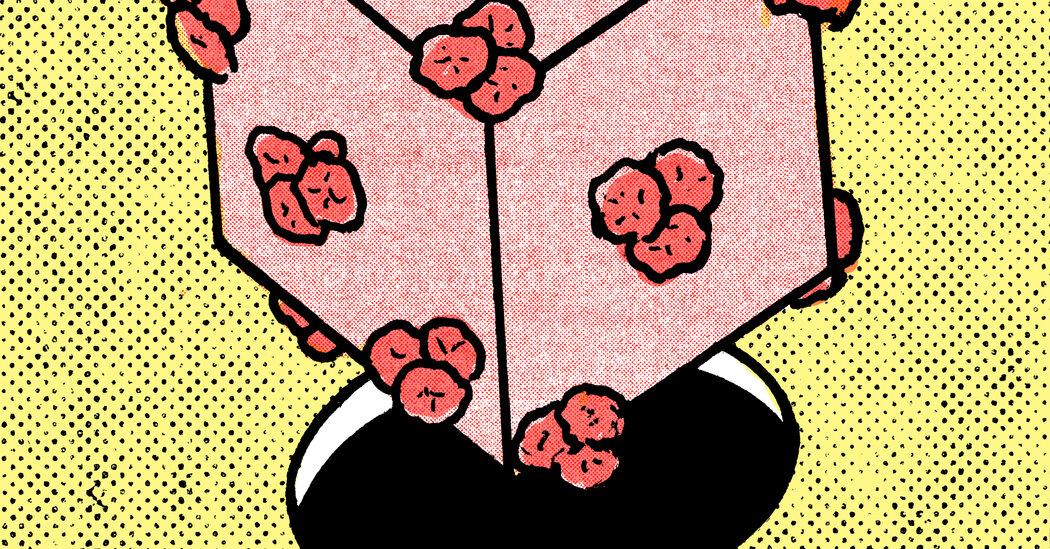
But the stereotype of people refusing to accept a mental health diagnosis seems like an odd fit for contemporary American society. From our ever increasing rates of antidepressant prescriptions to our therapeutic style of spirituality, neither our medical system nor our culture writ large seems meaningfully resistant to psychiatric diagnoses or mind-body treatments. If anything, the medical system’s bias often runs the other way: If your blood tests come back negative or your symptoms don’t yield a simple diagnosis, you’re very likely to be told to consider seeing a mental health professional, and most people who like and trust their own doctors (which is to say, many people) will follow that advice.
In Michael’s case, this was particularly natural because the psychiatric symptoms preceded the physical ones; he suffered hallucinations initially, and then headaches and chest pain kicked in later. But even when you only have physical symptoms, as I did when I first fell ill, the psychiatric explanation can be reassuring rather than offensive, both because it seems so culturally familiar at this point, and simply because it is an explanation for something you yourself can’t explain, buttressed by authority and promising eventual relief. (The outsider doctors I saw for my eventual Lyme treatment, for instance, took it as a given that many of the people coming to them would have spent months or years on various psychiatric medications.)
In my own case, this reassurance didn’t last because both psychiatrists I saw told me (to their immense credit) that they didn’t think my physical symptoms could be explained by a mental health disorder. But even so, there was a period of months when I was reading books about anxiety disorders, telling even casual acquaintances that I was suffering a nervous breakdown, taking a battery of drugs — antidepressants, Xanax, sleeping pills, more — and generally trying to talk myself into believing that the stabbing pain in my chest had to be a dagger of the mind … because that was at least a diagnosis, a potential path when every other path was too obscure.
Sometimes there’s no escape from becoming your own doctor. The happy ending to Michael’s story notwithstanding, it’s a fraught thing to wander strange paths on your own, seeking out a diagnosis via research on the internet: Witness, say, the recent boom in teenagers self-diagnosing mental health disorders via TikTok. (Though note, again, that none of these teens are resisting a mental health diagnosis; quite the reverse!)
But with illnesses that don’t fit into normal patterns, there often really isn’t any other alternative, because you — you the patient, or you the caregiver — have to choose for yourself between competing medical theories and explanations. As Michael’s story makes clear, Does my kid suffer from PANS? is not a question our existing medical system can simply answer on its own, because doctors disagree about whether PANS is an appropriate diagnostic category. The same goes for his Bartonella diagnosis: As Newby writes, there are running debates about every aspect of the condition, including how to test for it and how to treat it, to say nothing of the super weird “Jarisch-Herxheimer” reaction — the temporary worsening of symptoms under treatment — that was part of Michael’s response to his antibiotic regimen.
And something very similar is true for people going through a long-haul Covid experience today. They may have to make decisions for themselves in advance of the science, because agreement on what the science says may not come in time to save them.
Illness undermines ideological frameworks. What kind of story is Newby’s article? Well, it appears in NowThis News, a left-leaning outlet, at a time when late pandemic debates have coded belief in the seriousness of chronic illness as the left-wing position and greater skepticism as the right-wing position. So it must be a left-wing intervention.


